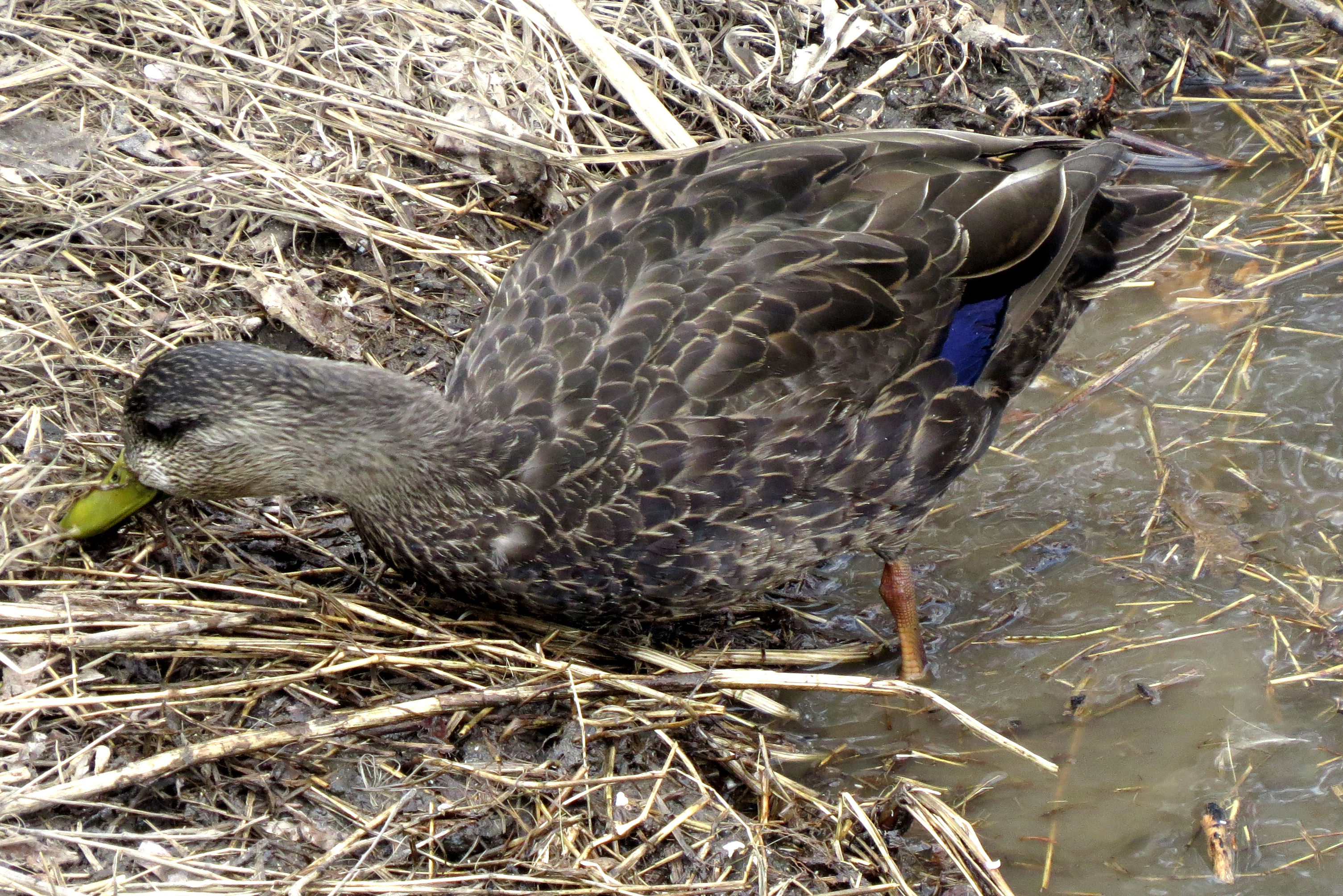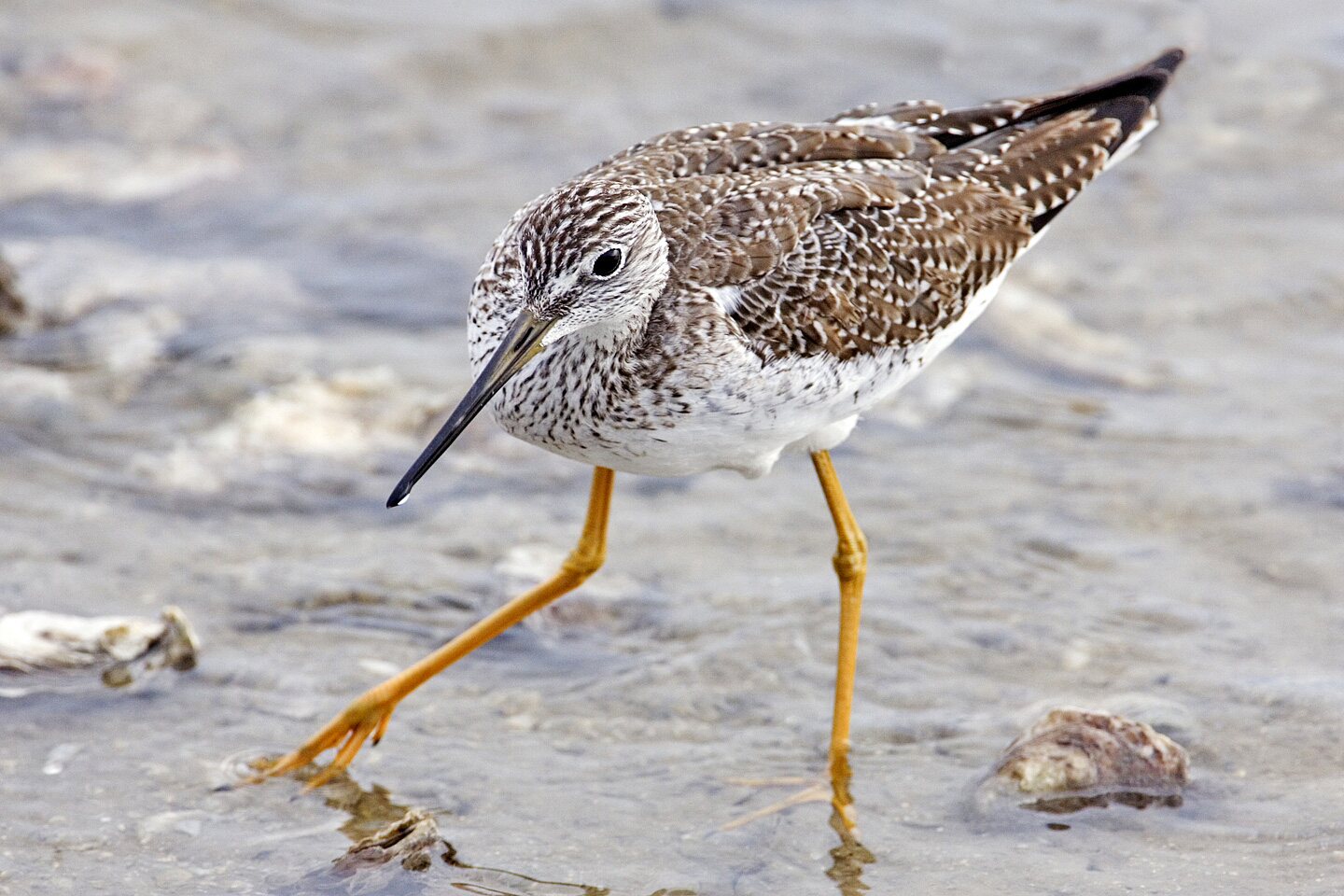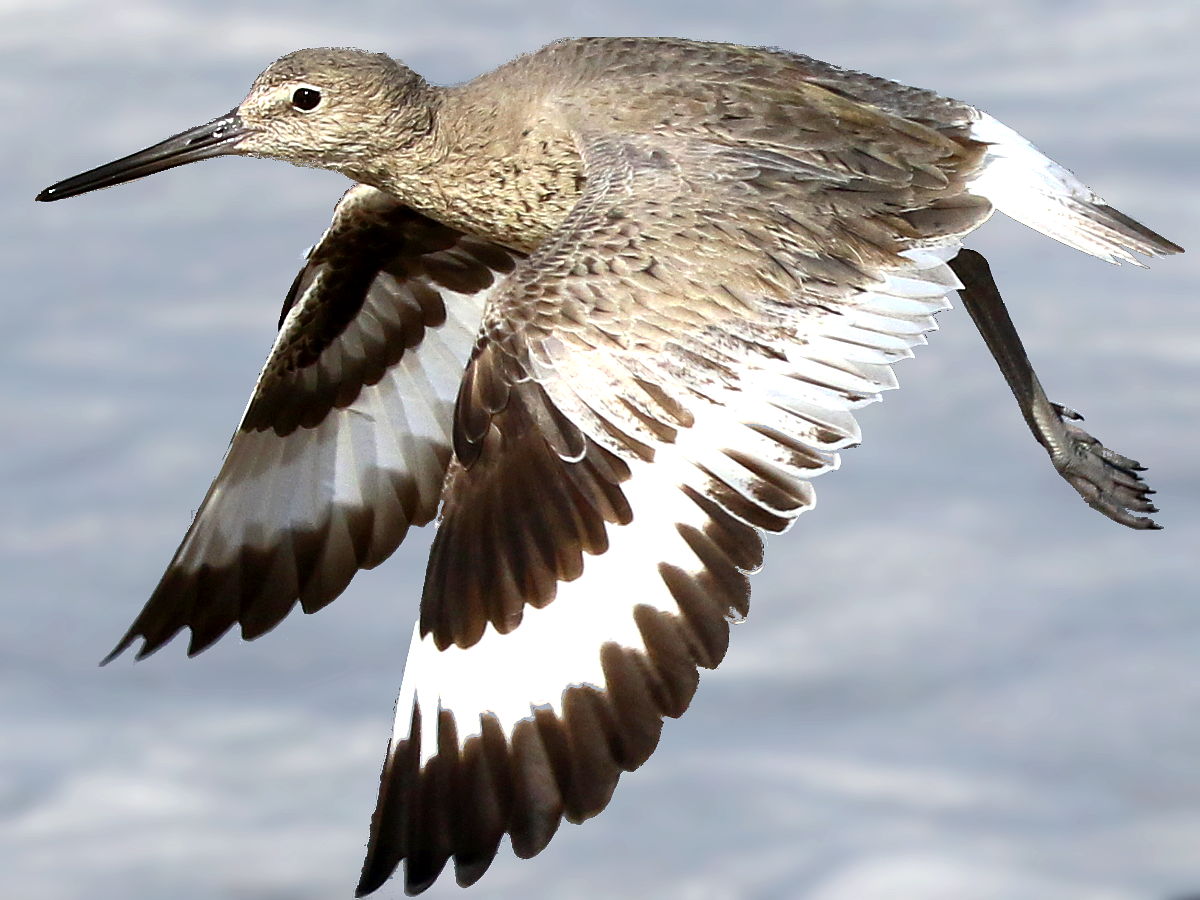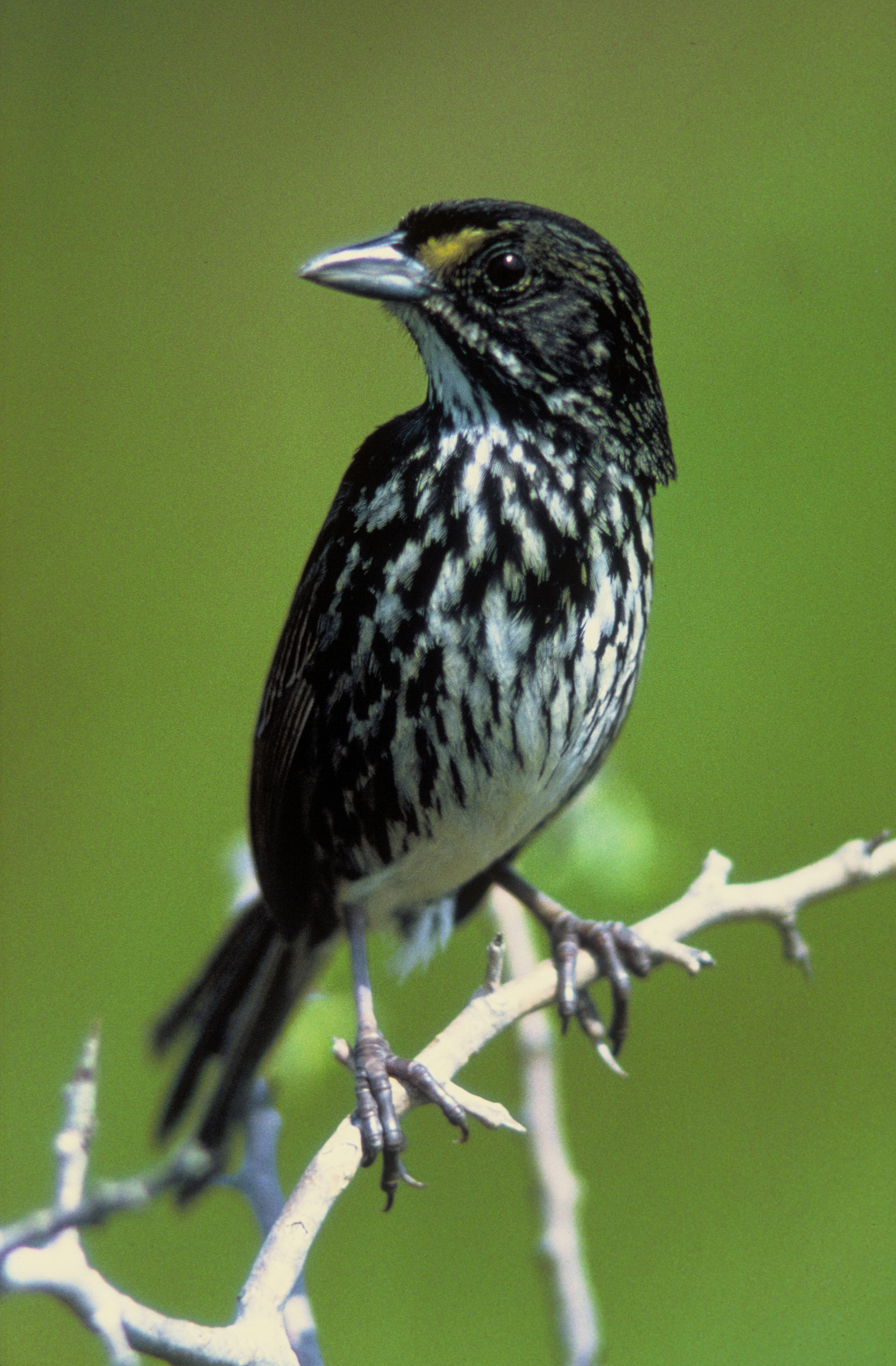|
John H. Chafee National Wildlife Refuge
The John H. Chafee National Wildlife Refuge is a national wildlife refuge of the United States, located along the Narrow River on the southern coast of Rhode Island. Environment and ecology The Chafee NWR and adjacent lands along the Narrow River (the Pettaquamscutt River), which form the Pettaquamscutt Cove, are a designated Important Bird Area (IBA). The Audubon Society reports that the majority of the Pettaquamscutt Cove IBA is under private ownership or in open water, with smaller portions being part of the Chafee NWR (18.7%), under the ownership of conservation organizations such as the Audubon Society of Rhode Island (3.8%) and thNarrow River Land Trust(3.0%), or owned by municipalities or the State of Rhode Island.Important Bird Areas: Pettaquamscutt Cove, Rhode Island Au ... [...More Info...] [...Related Items...] OR: [Wikipedia] [Google] [Baidu] |
United States
The United States of America (U.S.A. or USA), commonly known as the United States (U.S. or US) or America, is a country primarily located in North America. It consists of 50 states, a federal district, five major unincorporated territories, nine Minor Outlying Islands, and 326 Indian reservations. The United States is also in free association with three Pacific Island sovereign states: the Federated States of Micronesia, the Marshall Islands, and the Republic of Palau. It is the world's third-largest country by both land and total area. It shares land borders with Canada to its north and with Mexico to its south and has maritime borders with the Bahamas, Cuba, Russia, and other nations. With a population of over 333 million, it is the most populous country in the Americas and the third most populous in the world. The national capital of the United States is Washington, D.C. and its most populous city and principal financial center is New York City. Paleo-Americ ... [...More Info...] [...Related Items...] OR: [Wikipedia] [Google] [Baidu] |
American Black Duck
The American black duck (''Anas rubripes'') is a large dabbling duck in the family Anatidae. It was described by William Brewster in 1902. It is the heaviest species in the genus ''Anas'', weighing on average and measuring in length with an wingspan. It somewhat resembles the female and eclipse male mallard in coloration, but has a darker plumage. The male and female are generally similar in appearance, but the male's bill is yellow while the female's is dull green with dark marks on the . It is native to eastern North America. During the breeding season, it is usually found in coastal and freshwater wetlands from Saskatchewan to the Atlantic in Canada and the Great Lakes and the Adirondacks in the United States. It is a partially migratory species, mostly wintering in the east-central United States, especially in coastal areas. It interbreeds regularly and extensively with the mallard, to which it is closely related. The female lays six to fourteen oval eggs, which have ... [...More Info...] [...Related Items...] OR: [Wikipedia] [Google] [Baidu] |
Lesser Yellowlegs
The lesser yellowlegs (''Tringa flavipes'') is a medium-sized shorebird. It breeds in the boreal forest region of North America. Taxonomy The lesser yellowlegs was formally described in 1789 by the German naturalist Johann Friedrich Gmelin in his revised and expanded edition of Carl Linnaeus's ''Systema Naturae''. He placed it in the genus '' Scolopax'' and coined the binomial name ''Scolopax flavipes''. Gmelin based his description on the "yellow shanks" seen in the province of New York in autumn that had been described in 1785 by both the English ornithologist John Latham and by the Welsh naturalist Thomas Pennant. The lesser yellowlegs is now placed in the genus ''Tringa'' that was introduced in 1758 by the Swedish naturalist Carl Linnaeus in the tenth edition of his ''Systema Naturae''. The name ''Tringa'' is the New Latin word given to the green sandpiper by the Italian naturalist Ulisse Aldrovandi in 1603 based on Ancient Greek ''trungas'', a thrush-sized, white-rumped, ... [...More Info...] [...Related Items...] OR: [Wikipedia] [Google] [Baidu] |
Greater Yellowlegs
The greater yellowlegs (''Tringa melanoleuca'') is a large shorebird in the family Scolopacidae. It breeds in central Canada and southern Alaska and winters in southern North America, Central America, the West Indies and South America. Taxonomy The greater yellowlegs was formally described in 1789 by the German naturalist Johann Friedrich Gmelin in his revised and expanded edition of Carl Linnaeus's ''Systema Naturae''. He placed it in the genus '' Scolopax'' and coined the binomial name ''Scolopax melanoleuca''. Gmelin based his description on the "stone snipe" seen feeding in autumn in Chateau Bay, Labrador, that had been described in 1785 by both the English ornithologist John Latham and by the Welsh naturalist Thomas Pennant. The greater yellowlegs is now placed in the genus ''Tringa'' that was introduced in 1758 by the Swedish naturalist Carl Linnaeus in the tenth edition of his ''Systema Naturae''. The name ''Tringa'' is the New Latin word given to the green sandpiper by ... [...More Info...] [...Related Items...] OR: [Wikipedia] [Google] [Baidu] |
Clapper Rail
The clapper rail (''Rallus crepitans'') is a member of the rail family, Rallidae. The taxonomy for this species is confusing and still being determined. It is a large brown rail that is resident in wetlands along the Atlantic coasts of the eastern United States, eastern Mexico and some Caribbean islands. This species was formerly considered to be conspecific with the mangrove rail. Taxonomy The clapper rail was formally described in 1789 by the German naturalist Johann Friedrich Gmelin in his revised and expanded edition of Carl Linnaeus's '' Systema Naturae''. He placed it with all the other rails in the genus ''Rallus'' and coined the binomial name ''Rallus crepitans''. Gmelin based his description on those by Thomas Pennant and John Latham. The type locality is Long Island, New York. The genus ''Rallus'' had been erected in 1758 by the Swedish naturalist Carl Linnaeus in the tenth edition of his ''Systema Naturae''. The specific epithet ''crepitans'' is Latin meaning ... [...More Info...] [...Related Items...] OR: [Wikipedia] [Google] [Baidu] |
Willet
The willet (''Tringa semipalmata'') is a large shorebird in the family Scolopacidae. It is a relatively large and robust sandpiper, and is the largest of the species called "shanks" in the genus ''Tringa''. Its closest relative is the lesser yellowlegs, a much smaller bird with a very different appearance apart from the fine, clear, and dense pattern of the neck, which both species show in breeding plumage. It breeds in North America and the West Indies and winters in southern North America, Central America, the West Indies and South America. Taxonomy The willet was formally described in 1789 by the German naturalist Johann Friedrich Gmelin in his revised and expanded edition of Carl Linnaeus's ''Systema Naturae''. He placed it in the genus '' Scolopax'' and coined the binomial name ''Scolopax semipalmata''. Gmelin based his description on the "semipalmated snipe" from New York that had been described in 1785 by both the English ornithologist John Latham and by the Welsh natura ... [...More Info...] [...Related Items...] OR: [Wikipedia] [Google] [Baidu] |
Seaside Sparrow
The seaside sparrow (''Ammospiza maritima'') is an American sparrow. Description Adults have brownish upperparts with gray on the crown and nape, and a grayish-buff-colored breast with dark streaks; they have a dark face with gray cheeks, a white throat, and a short, pointed tail. Birds show a small yellow streak just above the eye. A typical seaside sparrow lifespan in 8 to 9 years of maximum. The oldest record of seaside sparrow was an individual male which at least 10 years old, at he recaptured, measure out the age and re-released during the banding operations of South Carolina. Distribution and habitat Their breeding habitat is salt marshes on the Atlantic and Gulf coasts of the United States from southern New Hampshire to southern Texas. The nest is an open cup usually built in the salt marsh on tidal reeds and spartina grasses. Females lay two to five eggs. Breeding Northern birds most often migrate farther south along the eastern coast of the United States. They forage on ... [...More Info...] [...Related Items...] OR: [Wikipedia] [Google] [Baidu] |
Saltmarsh Sparrow
The saltmarsh sparrow (''Ammospiza caudacuta'') is a small New World sparrow found in salt marshes along the Atlantic coast of the United States. At one time, this bird and the Nelson's sparrow were thought to be a single species, the sharp-tailed sparrow. Because of this, the species was briefly known as the "saltmarsh sharp-tailed sparrow." Saltmarsh sparrow numbers are declining due to habitat loss largely attributed to human activity. Description The saltmarsh sparrow measures in length, has a wingspan of , and weighs . Adults have brownish upperparts with a gray nape, white throat and belly, and pale orange breast and sides with brown streaking. The face is orange with gray cheeks, a gray median crown stripe, brown lateral crown stripes, and a brown eyeline. The tail feathers are short and sharply pointed. Distinguishing this species from closely related sparrows such as the Nelson's sparrow can be difficult. The inland subspecies of the Nelson's sparrow can be differe ... [...More Info...] [...Related Items...] OR: [Wikipedia] [Google] [Baidu] |
Bufflehead
The bufflehead (''Bucephala albeola'') is a small sea duck of the genus ''Bucephala'', the goldeneyes. This species was first described by Carl Linnaeus in his landmark 1758 10th edition of ''Systema Naturae'' as ''Anas albeola''. The genus name is derived from ancient Greek ''boukephalos'', "bullheaded", from ''bous'', "bull", and ''kephale'', "head", a reference to the oddly bulbous head shape of the species. The species name ''albeola'' is from Latin ''albus'', "white". The English name is a combination of buffalo and head, again referring to the head shape. This is most noticeable when the male puffs out the feathers on the head, thus greatly increasing the apparent size of the head. Description The bufflehead ranges from long and weighs , with the drakes larger than the females. Averaging and , it rivals the green-winged teal as the smallest American duck. The bufflehead has a wingspan of 21.6 in (55 cm). Adult males are striking black and white, with iridescent green ... [...More Info...] [...Related Items...] OR: [Wikipedia] [Google] [Baidu] |
Canada Goose
The Canada goose (''Branta canadensis''), or Canadian goose, is a large wild goose with a black head and neck, white cheeks, white under its chin, and a brown body. It is native to the arctic and temperate regions of North America, and it is occasionally found during migration across the Atlantic in northern Europe. It has been introduced to the United Kingdom, Ireland, Finland, Sweden, Denmark, New Zealand, Japan, Chile, Argentina, and the Falkland Islands. Like most geese, the Canada goose is primarily herbivorous and normally migratory; often found on or close to fresh water, the Canada goose is also common in brackish marshes, estuaries, and lagoons. Extremely adept at living in human-altered areas, Canada geese have established breeding colonies in urban and cultivated habitats, which provide food and few natural predators. The success of this common park species has led to its often being considered a pest species because of its excrement, its depredation of crops, its n ... [...More Info...] [...Related Items...] OR: [Wikipedia] [Google] [Baidu] |
American Wigeon
The American wigeon (''Mareca americana''), also known as the baldpate, is a species of dabbling duck found in North America. Formerly assigned to ''Anas'', this species is classified with the other wigeons in the dabbling duck genus ''Mareca''. It is the New World counterpart of the Eurasian wigeon. Taxonomy The American wigeon was formally described in 1789 by German naturalist Johann Friedrich Gmelin in his revised and expanded edition of Carl Linnaeus's ''Systema Naturae''. He placed it with all the other ducks, geese and swans in the genus ''Anas'' and coined the binomial name ''Anas americana''. Gmelin based his description on Edme-Louis Daubenton's hand-colour plate of "Le Canard Jensen, de la Louisiane" and Thomas Pennant's description of the "American wigeon" in his ''Arctic Zoology''. Pennant had been sent a specimen from New York. The American wigeon is now placed with the Eurasian wigeon and three other dabbling ducks in the genus ''Mareca'' that was introduced in 182 ... [...More Info...] [...Related Items...] OR: [Wikipedia] [Google] [Baidu] |
Gadwall
The gadwall (''Mareca strepera'') is a common and widespread dabbling duck in the family Anatidae. Taxonomy The gadwall was first described by Carl Linnaeus in his landmark 1758 10th edition of ''Systema Naturae''. DNA studies have shown that it is a sister species with the falcated duck; the two are closely related to the three species of wigeons, and all of them have been assigned to the genus ''Mareca''. There are two subspecies: * ''M. s. strepera'', the common gadwall, described by Linnaeus, is the nominate subspecies. * ''M. s. couesi'', Coues's gadwall, extinct 1874, was formerly found only on Teraina, a coral atoll in the Pacific Ocean. The specific name ''strepera'' is Late Latin for "noisy". The etymology of the word ''gadwall'' is not known, but the name has been in use since 1666. Description The gadwall is long with a wingspan. The male is slightly larger than the female, weighing on average against her . The breeding male is patterned grey, with a black re ... [...More Info...] [...Related Items...] OR: [Wikipedia] [Google] [Baidu] |

.jpg)





.jpg)

_female_and_male_dabbling.jpg)